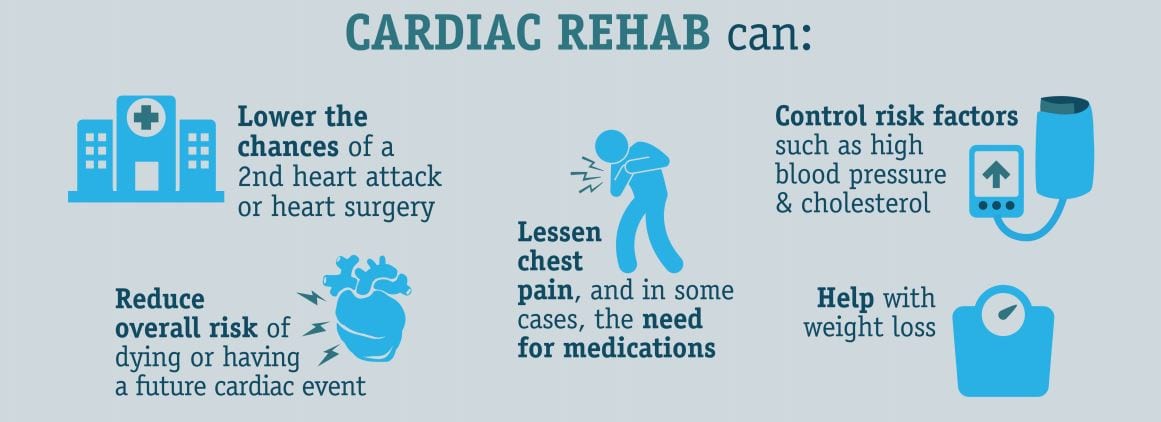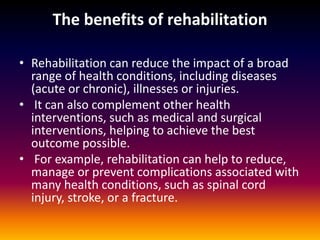The Best Guide To Narconon Africa
The Best Guide To Narconon Africa
Blog Article
Some Known Details About Narconon Africa
Table of ContentsThe Only Guide to Narconon AfricaSome Known Incorrect Statements About Narconon Africa The smart Trick of Narconon Africa That Nobody is DiscussingNarconon Africa Fundamentals ExplainedThe Ultimate Guide To Narconon AfricaNarconon Africa - TruthsNarconon Africa Things To Know Before You Buy
In a series of papers with Manudeep Bhuller and Katrine V. Lken, we overcome these data challenges and the nonrandomness of imprisonment, offering brand-new understandings right into just how incarceration influences regression, work, kids, and criminal networks - Rehabilitation facility South Africa. Number 1 Our job studies the impacts of incarceration in Norway, a setting with two essential advantagesWe can further link this details to other family members, including children and brother or sisters. Moreover, we have information on co-offending that allows us to map out criminal networks for observed criminal offenses. Second, we can utilize the random task of criminal cases to judges that vary in their tendencies to send accuseds to prison.
However some judges send out accuseds to jail at a high price, while others are more tolerant. We gauge a court's stringency as the ordinary imprisonment price for all other instances a judge manages, after regulating for court and year set results, which is the degree of random job. This quasi-random assignment of court stringency can be made use of as an instrument for imprisonment, as it highly anticipates the judge's decision in the current instance, however is uncorrelated with various other situation attributes both by design and empirically.
Examine This Report on Narconon Africa
Features of detainees, consisting of demographics and criminal activity groups, are extensively similar in Norway and other countries, including the USA, with the exceptions that the US homicide price is a lot higher, and race plays a larger function there also. What stands out as various, specifically compared to the United States, is the jail system.
Figure 2In Norway, the ordinary time invested in jail is a little over six months, which resembles most other Western European countries. This contrasts with average US prison time of almost three years, which is in big part the reason the United States is an outlier in its imprisonment price compared to the rest of the globe [Number 1]
The 7-Minute Rule for Narconon Africa
This gives far more splitting up between minor and solidified lawbreakers than exists in the United States. There is no congestion in Norwegian jails and far better individual security, with each detainee being assigned to their own cell and a higher inmate-to-staff proportion than in the USA (https://www.imdb.com/user/ur182712620/?ref_=nv_usr_prof_2). Prisons in Norway likewise offer well-funded education, drug treatment, mental health and wellness, and job training programs
Our research study on the impacts of incarceration on the offender, making use of the random project of courts as a tool, yields 3 vital searchings for. Initially, jail time prevents additionally criminal habits. We locate that imprisonment lowers the possibility that a person will certainly reoffend within 5 years by 27 portion points and reduces the equivalent number of criminal charges per person by 10 fees.
How Narconon Africa can Save You Time, Stress, and Money.
We locate sizable reductions in reoffending probabilities and advancing charged criminal activities even after accuseds are released from jail. Our second result is that bias as a result of choice on unobservable individual attributes, if overlooked, results in the erroneous verdict that time invested in jail is criminogenic. If we simply contrast criminal defendants sentenced versus those not sentenced, we locate positive organizations between incarceration and succeeding criminal activity.
This stands in comparison to our analysis based on the random project of courts, which discovers an opposite-signed outcome. Third, the decrease in criminal activity is driven by people that were not functioning prior to imprisonment. Among these individuals, jail time boosts participation in programs guided at boosting employability and lowering recidivism, and this inevitably increases work and revenues while dissuading criminal behavior.

Imprisonment causes a 34 portion factor increase in participation in task training programs for the formerly nonemployed, and within 5 years their work price increases by 40 percentage points. At the same time, the possibility of reoffending within 5 years is reduced by 46 portion points, and there is a decrease of 22 in the ordinary variety of criminal charges.
8 Simple Techniques For Narconon Africa

A possible description for the distinction is that Norway's jail system varies significantly, both in terms of prison-term size and jail conditions, from the US jail system. While comprehending the results of incarceration on the offender is a vital initial step, recording spillover results is additionally important for reviewing criminal justice plan and creating reliable jail systems.
5 Simple Techniques For Narconon Africa

Regular least squares estimates reveal that kids of incarcerated daddies are 1 percentage point more probable to be billed with a crime, about a mean of 13 percent, and show no impact on institution grades. Using our judge stringency instrument, we discover no statistical proof that a father's imprisonment influences a child's very own criminal activity or college grades, yet we are unable to eliminate modest-sized effects.
A Biased View of Narconon Africa
We define criminal teams based on network web links to prior criminal instances. Our analysis returns 3 major findings. Initially, when a criminal network member is put behind bars, their peers' possibility of being billed with a future criminal activity reduces by 51 percentage points over the next four years. Having an older bro incarcerated minimizes the chance his younger sibling will certainly be charged with a criminal activity by 32 percent points over the next 4 years.
Report this page